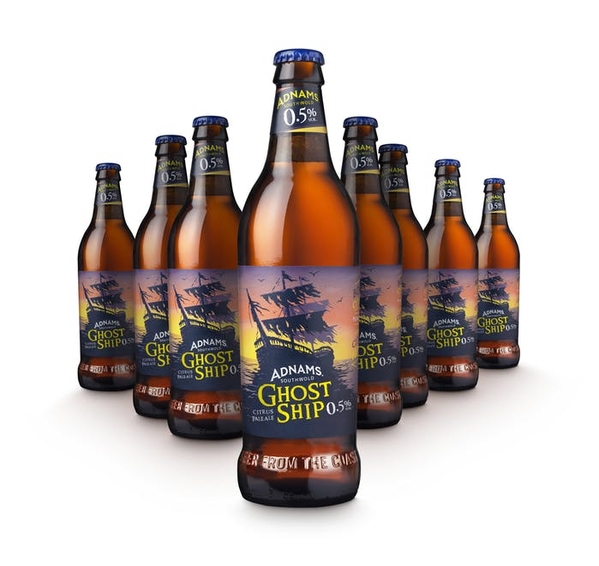Flavour rules in new age low alcohol beer
Added: Saturday, June 29th 2019

One of the worst drinking experiences I ever endured was a tasting of no alcohol beers organised by the Consumers’ Association for its magazine Which? The answer was not which but none.
This was in the early 1980s when there was a sudden rush of this type of beer, of which Barbican and Kaliber were the best known. Kaliber was promoted on television by Billy Connolly and as a result of the experience it’s not surprising the Big Yin is now permanently on the wagon.
At the time I said these beers all tasted like cold Horlicks. They were the result of proper beer being brewed and then distilled. What was left was a glutinous concoction similar to what brewers call the “first runnings” – the sweet malt extract from the mash tun at the start of the brewing process before it’s boiled with hops.
Low and no alcohol beers are now back in fashion. The technology has moved on and the key question is: are these beers acceptable and drinkable today? They are certainly in demand. St Peter’s Brewery in Suffolk, for one, reports that 15 per cent of its production is devoted to its Without range of no alcohol beers and it expects the market to grow by 10 per cent over the next few years.
There are sound arguments for drinking this type of beer from time to time. One is to give your liver a well-earned rest. Another is avoiding drinking and driving.
It was the latter reason that gave me the chance to sample a modern low alcohol beer. I had gone to Waltham Abbey by car to write about the pubs there and ended with a visit to the GBG-listed Woodbine in Epping Forest, Essex CAMRA’s pub of the year in 2018.
I had had halves of bitter in two previous pubs and I told landlord Rob Chapman I wouldn’t have any more alcohol. He suggested I try Adnams’ 0.5 per cent version of Ghost Ship. I was sceptical but was bowled over by the experience. Here was one of my favourite ales full of flavour and character but without the alcohol.
Adnams’ head brewer Fergus Fitzgerald tells me he makes 0.5 Ghost Ship using reverse osmosis, a water purification system where a membrane filters out unwanted particles. In this case, the membrane separates the alcohol from the beer: the alcohol is not wasted but is transferred to Adnams’ distillery where gin, vodka and whisky are made.
I was equally impressed with the beers from the Small Beer Brew Company in South London. The products are low alcohol rather than no alcohol and weigh in at 1 to 2.7 per cent, depending on the brew. Founder James Grundy has taken the name of his brewery from history: Shakespeare refers to small beer and it meant centuries ago a beer made by re-using the grain that had first produced regular strong ale.
Session Pale, 2.5 per cent, is an excellent beer by any standards. It’s brewed with the finest English malting barley, Maris Otter, and hopped with Chinook and Galena varieties. It has a biscuit malt, lemon fruit and spicy hops aroma and palate, followed by a bittersweet finish that ends dry and hoppy.
Small Beer also produces two lagers: a golden Pilsner and a dark beer and they are aged for six weeks. At a time when global brewers knock out so-called lagers as fast as ale, six weeks in the lager tank is impressive.
James Grundy says he doesn’t use reverse osmosis or distillation but uses the right level of grain to reach the strength required. All his beers are suitable for vegans.
Low and no alcohol beers are unlikely to be your regular tipple but it’s good to know they are available for those occasions when regular beer is not suitable. Beer festivals that sensibly provide soft drinks for drivers could add the likes of Small Beer to their offer.
I doubt I could tempt Sir William Connolly, as he now is, to clamber down from the wagon. He probably still has nightmares at the memory of Kaliber.
•First published in What’s Brewing, July 2019.








